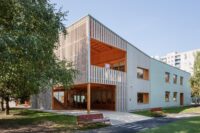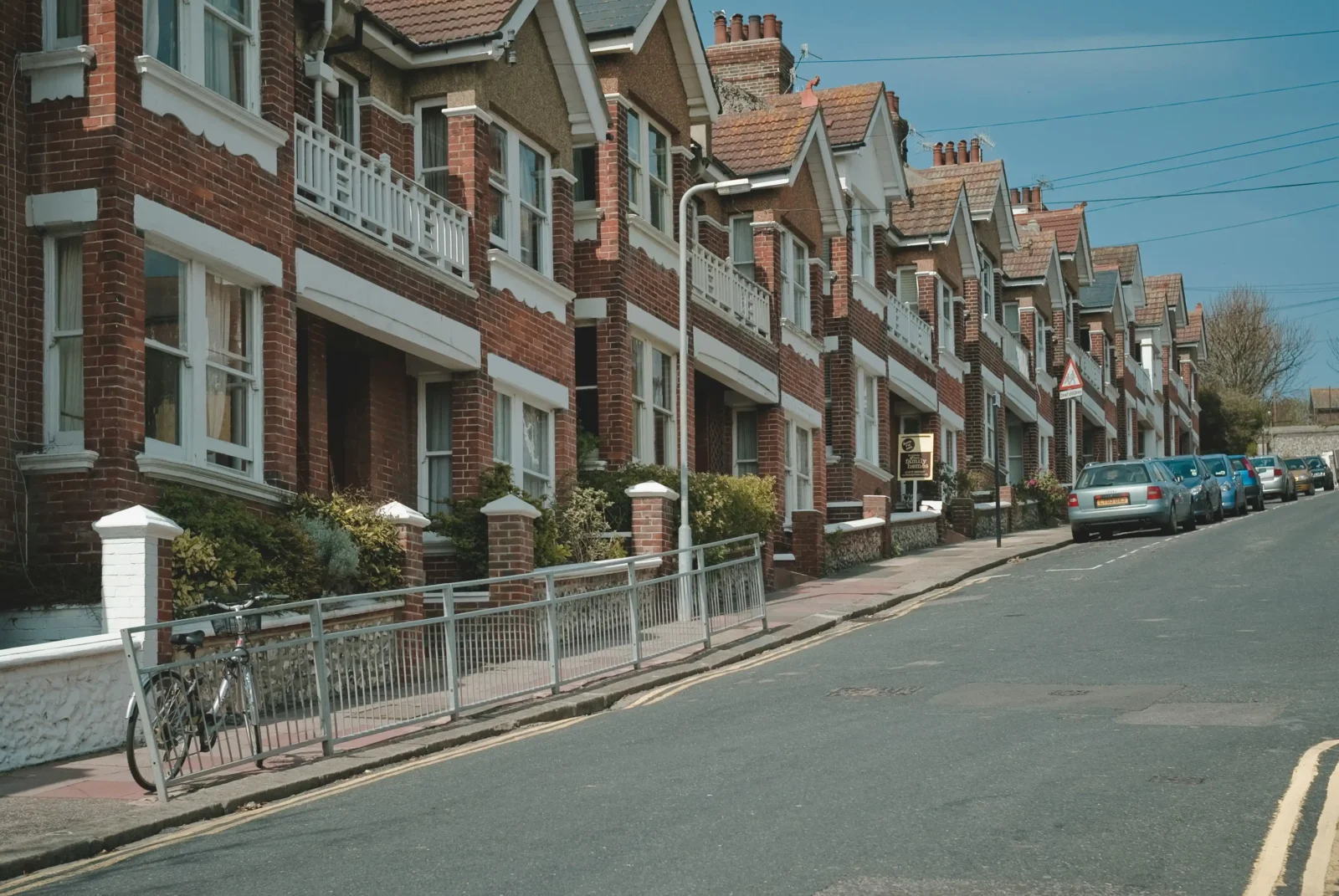- Home
- Articles
- Architectural Portfolio
- Architectral Presentation
- Inspirational Stories
- Architecture News
- Visualization
- BIM Industry
- Facade Design
- Parametric Design
- Career
- Landscape Architecture
- Construction
- Artificial Intelligence
- Sketching
- Design Softwares
- Diagrams
- Writing
- Architectural Tips
- Sustainability
- Courses
- Concept
- Technology
- History & Heritage
- Future of Architecture
- Guides & How-To
- Art & Culture
- Projects
- Interior Design
- Competitions
- Jobs
- Store
- Tools
- More
- Home
- Articles
- Architectural Portfolio
- Architectral Presentation
- Inspirational Stories
- Architecture News
- Visualization
- BIM Industry
- Facade Design
- Parametric Design
- Career
- Landscape Architecture
- Construction
- Artificial Intelligence
- Sketching
- Design Softwares
- Diagrams
- Writing
- Architectural Tips
- Sustainability
- Courses
- Concept
- Technology
- History & Heritage
- Future of Architecture
- Guides & How-To
- Art & Culture
- Projects
- Interior Design
- Competitions
- Jobs
- Store
- Tools
- More
Exploring Photography in Architecture: Techniques and Impact on Design Appreciation
Discover the intricate relationship between photography and architecture in our latest article. We explore how this visual art form captures the emotional essence of structures, showcasing both modern and historical masterpieces. Learn about essential techniques like composition, lighting, and perspective that enhance architectural images.

Photography and architecture share a unique bond that captures the essence of design and space. Through the lens, we can explore the intricate details of structures, revealing their stories and the emotions they evoke. Whether it’s the sleek lines of modern buildings or the rich textures of historical landmarks, architectural photography helps us appreciate the artistry behind our surroundings.
In this article, we’ll dive into the fascinating world of photography in architecture. We’ll discuss techniques that elevate architectural images, explore the role of light and shadow, and examine how photography can transform our perception of space. Join us as we uncover how this powerful medium not only documents but also celebrates the beauty and innovation in architectural design.

Table of Contents
ToggleThe Role of Photography in Architecture
Photography serves as a powerful tool in architecture, capturing both the intricate details and the broader emotional narratives of structures. It influences our understanding and appreciation of architectural design across time.

Historical Perspective
Architectural photography emerged in the 19th century alongside advancements in camera technology. Early photographers, such as Eugène Atget and Alfred Stieglitz, documented urban landscapes and iconic buildings, establishing a visual record of architectural evolution. Their work laid the foundation for future architects and historians to analyze design trends and cultural significance. Notable structures, such as the Eiffel Tower and the Sydney Opera House, gained recognition through compelling photographic representations, shaping public perception and appreciation.
Modern Interpretations
In contemporary settings, architectural photography intertwines with various styles and technologies. Digital photography offers unprecedented clarity and editing capabilities, creating striking images that can manipulate light and shadow. Concepts like minimalism and abstraction manifest through selective framing, emphasizing form and spatial relationships. Drones and innovative angles revolutionize perspectives, allowing us to view structures in ways that were once impossible. This modern interpretation results in dynamic visuals, showcasing not only architecture but also our evolving relationship with the built environment.
Techniques Used in Architectural Photography
We utilize various techniques in architectural photography to enhance the visual representation of structures. These methods enable us to capture the design intricacies and emotional resonance of buildings.

Composition and Framing
In architectural photography, composition involves arranging elements to create visually compelling images. We focus on the following aspects for effective composition:
- Rule of Thirds: We position key architectural elements along the gridlines or intersections to create balance.
- Leading Lines: We use pathways, railings, or edges of buildings to guide the viewer’s eye through the image.
- Symmetry and Patterns: We highlight symmetrical designs and repetitive patterns, emphasizing the architectural style and elegance.
- Perspective: We adjust angles to create depth, making structures appear more dynamic and engaging.
- Negative Space: We incorporate empty spaces to draw attention to the subject and enhance the overall composition.
Lighting Considerations
Lighting significantly impacts the quality of architectural photographs. We consider the following tips:
- Golden Hour: We prefer shooting during the early morning or late afternoon, as the warm light enhances texture and form.
- Shadow Play: We analyze how shadows interact with architecture, revealing details and adding depth.
- Natural Light: We utilize natural light to maintain the authenticity of colors, particularly in exterior shots.
- Artificial Lighting: We strategically use flash or light sources for interior photography, ensuring balanced exposure and highlighting features.
- Weather Conditions: We embrace varying weather conditions, such as clouds or rain, for unique moods and dramatic effects.
By employing these techniques in composition and lighting, we capture the essence of architectural designs and convey their stories through our photographs.
Aesthetic Impact of Architectural Photography
Architectural photography serves as a medium for capturing the emotional essence of structures while highlighting their design intricacies. The interplay of light, form, and space creates a visual narrative that enhances our appreciation of architectural artistry.

Conveying Emotion and Atmosphere
Photography captures not just buildings but also the moods they evoke. Techniques such as angle selection, framing, and lighting convey feelings of grandeur, intimacy, or even solitude. For instance, low-angle shots emphasize height, creating a sense of awe. Conversely, wide shots can elicit tranquility by showcasing harmonious surroundings. By incorporating elements like weather and time of day, photographers further enhance the atmosphere, allowing us to feel the architectural space as a living entity.
Highlighting Design Elements
Focusing on specific design components reveals the artistry within architecture. Close-ups of textures, materials, and patterns demonstrate the craftsmanship involved. We can utilize the rule of thirds to draw attention to focal points, ensuring our eyes naturally gravitate to intricate details like ornamentation or structural supports. By emphasizing symmetry and geometric shapes, photographers create compelling compositions that showcase the balance and proportion inherent in architectural designs. This meticulous attention to detail transforms buildings into artistic statements, amplifying their aesthetic value.
Challenges in Architectural Photography
Architectural photography presents unique challenges that require skillful navigation. We encounter various obstacles that can hinder our ability to capture the true essence of structures.

Overcoming Lighting Difficulties
Lighting significantly impacts the quality of architectural images. We face challenges such as harsh glare or deep shadows, which can obscure details.
- Timing: We capture images during the golden hour—shortly after sunrise or before sunset—to benefit from soft, diffused light.
- Artificial Lighting: We utilize supplemental lighting to fill in shadows, enhancing clarity and detail.
- Reflectors: We employ reflectors to redirect natural light, softening harsh contrasts between light and shadow.
By carefully selecting our lighting conditions, we enhance the visual appeal of architectural forms.
Dealing with Perspective Distortion
Perspective distortion occurs when camera angles skew the proportions of a building. This issue can misrepresent architectural details.
- Leveling the Camera: We ensure the camera remains level to minimize distortion in vertical lines.
- Tilt-Shift Lenses: We use tilt-shift lenses to control perspective and adjust the plane of focus, preserving natural proportions.
- Post-Processing Adjustments: We apply editing techniques in software to correct distortions and enhance the image’s accuracy.
Addressing perspective distortion maintains the integrity of the architectural composition in our photographs.
Conclusion
Photography plays a crucial role in architecture, serving as a medium to articulate the emotional and aesthetic qualities of structures. It enriches our understanding of both modern designs and historical masterpieces, establishing a visual dialogue that conveys the vision of architects and the character of the built environment.
Through techniques such as composition, lighting, and perspective, we can capture the essence of architectural artistry. We appreciate how the interplay of light and shadow transforms simple forms into dynamic visuals. By mastering tools like the rule of thirds and minimizing distortion, we enhance the visual impact of our photographic representations.
The evolution of architectural photography, from the early works of pioneers to today’s digital advancements, underscores its importance in shaping public perception. As technological innovations continue to emerge, our ability to document and appreciate architectural masterpieces only strengthens. Ultimately, architectural photography becomes not just a form of art, but also a powerful lens through which we understand the ever-evolving landscape of design.
- architectural design photography
- architectural photography appreciation
- architectural photography impact
- architectural photography techniques
- architecture and photography
- architecture design photography
- architecture photo techniques
- architecture photography
- architecture photography methods
- architecture photography tips
- best practices in architectural photography
- creative architectural photography
- design appreciation through photography
- enhancing design with photography
- exploring architecture through photography
- impact of photography on architecture
- importance of photography in architecture
- photography for architects
- photography in architectural design
- role of photography in architecture
- understanding architectural photography
Submit your architectural projects
Follow these steps for submission your project. Submission FormLatest Posts
Online 3D Terrain Mapping Tools for Urban and Landscape Design in 2025
A curated guide to the best online 3D terrain mapping tools in...
10 Interesting Facts About Zaha Hadid
Zaha Hadid was a visionary architect whose fluid forms, bold experimentation, and...
Common Emergency Repairs Every Homeowner Should Be Ready For
For most of us, when something goes wrong, we have a propensity...
Designing, Retrofitting, and Valuing Non-Standard Homes in Britain
Britain’s housing stock carries a quiet contradiction. From the street, many homes...












Leave a comment